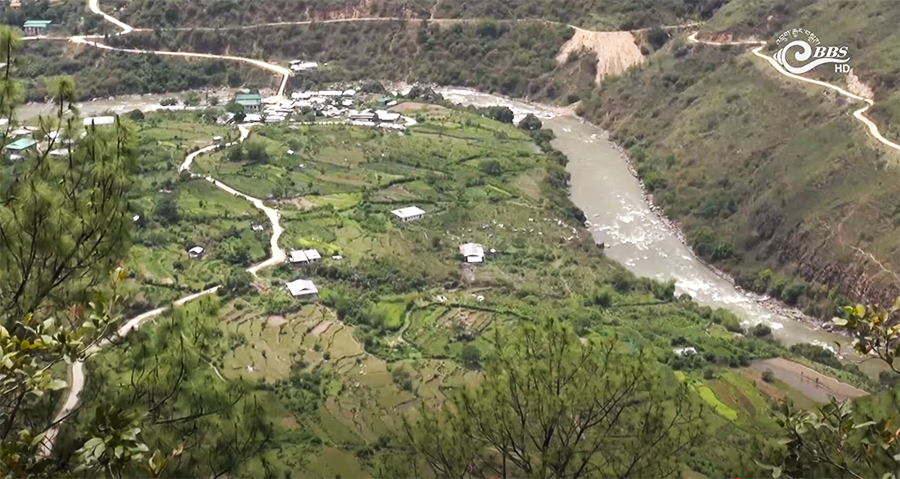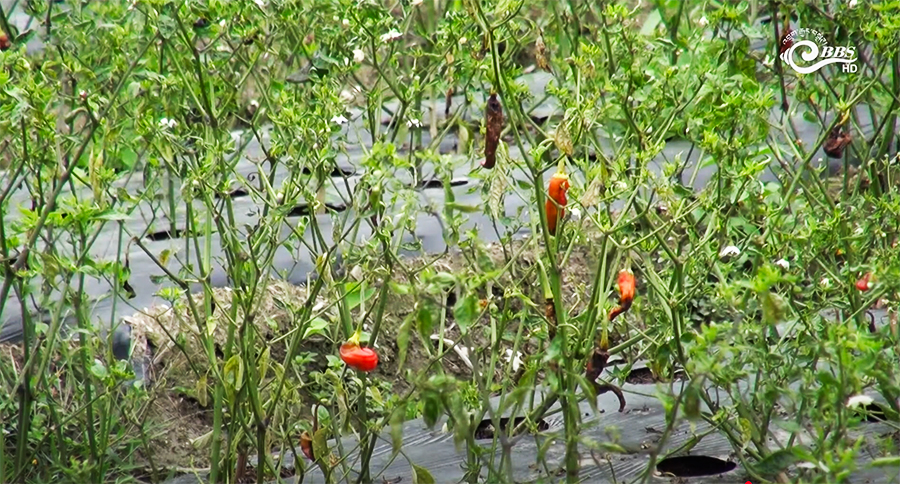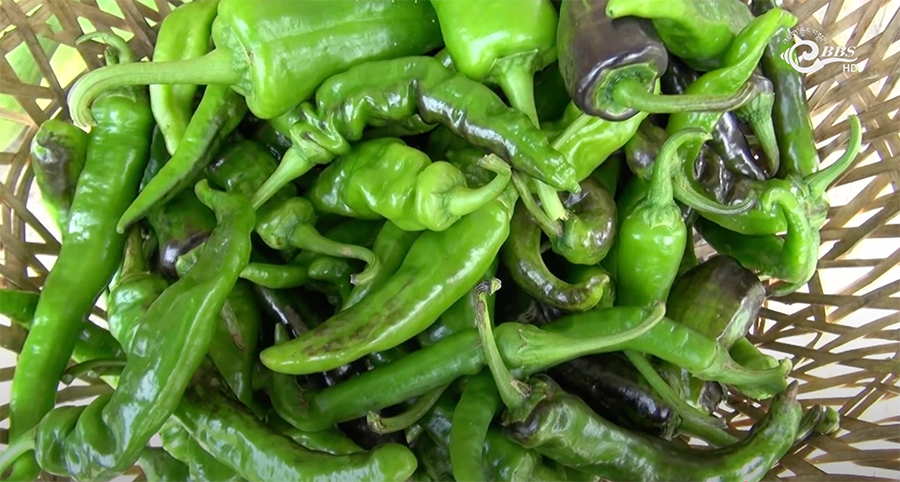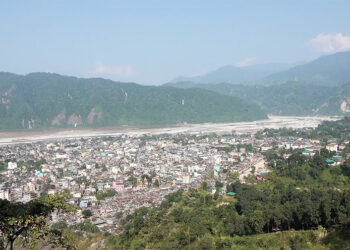 Once considered major chilli producing regions in Trashi Yangtse, Wangringmo and Bayphushot are experiencing decline in chilli production. Villagers said that despite several efforts, chilli plants continue to dry. The areas produce green chilli at this time of the year and are one of the main sources of income for the farmers.
Once considered major chilli producing regions in Trashi Yangtse, Wangringmo and Bayphushot are experiencing decline in chilli production. Villagers said that despite several efforts, chilli plants continue to dry. The areas produce green chilli at this time of the year and are one of the main sources of income for the farmers.
To improve production, farmers were provided with irrigation water supply, timely pesticides, and have even adopted mulching practices.
However, local green chilli production has been declining for the past two to three years.
 Farmers said the leaves wilt and the plants dry, with a few also affected by pests.
Farmers said the leaves wilt and the plants dry, with a few also affected by pests.
In 2023 and 2024, farmers produced approximately 28 and 27 metric tonnes of chilli, respectively.
This year, the production is expected to drop further to around 25 metric tonnes.
 Typically, farmers harvest at least two to three times in a season. But this time, some managed only one harvest, while others uprooted the chilli plants and are now preparing for paddy transplantation.
Typically, farmers harvest at least two to three times in a season. But this time, some managed only one harvest, while others uprooted the chilli plants and are now preparing for paddy transplantation.
Pema Namgay, a farmer said “Earlier, the production was good. It has been two to three years since production has declined. I do not cultivate much like others. I sold around 20 kilogrammes. Earlier, some farmers used to fetch around Nu 100,000. But this year, I earned Nu 7,000 to 8,000.”
Chador Wangmo, another farmer said “The chilli plants dry up due to heat and get infected by diseases, though we do not know the exact cause. Every year, the leaves turn yellow. The gewog agriculture extension supervisor provided us with pesticides, but they do not seem to work. Last time, I sold chilli only once before the plants dried. Recently, we irrigated the fields, and they look better, but prices in the market have dropped.”
The gewog agriculture extension supervisor said the decline in production is mainly due to poor crop management, insufficient and untimely water supply and erratic rainfall.
Pesticides were distributed to help control pest infestations on time, but these efforts have not been enough to prevent the drop in yield.
Unless the underlying causes of the declining chilli production are addressed, farmers in these regions will continue to face the same challenges.
Sonam Darjay, Trashi Yangtse
Edited by Tshering Zam









